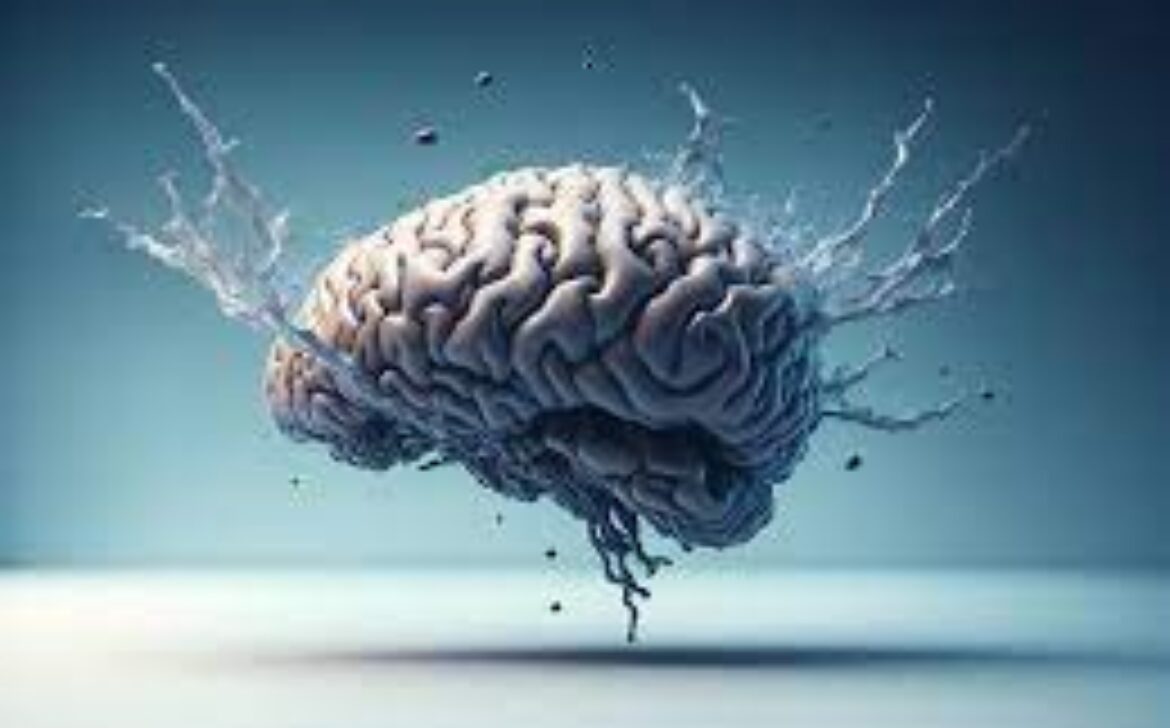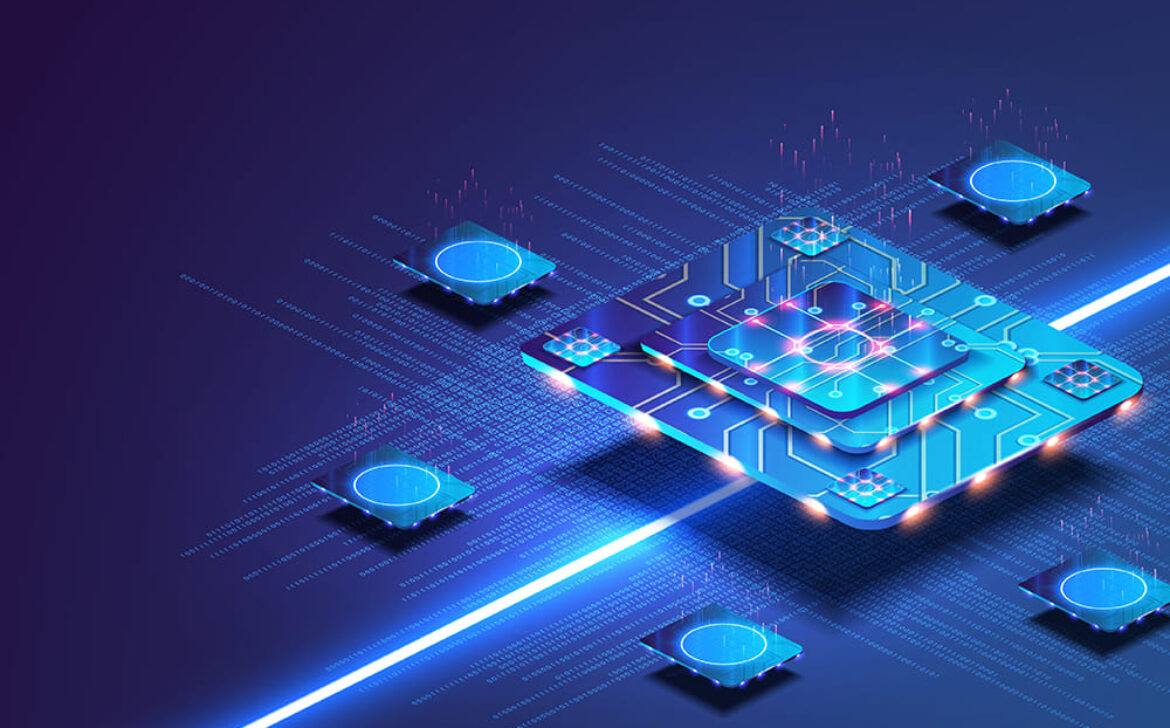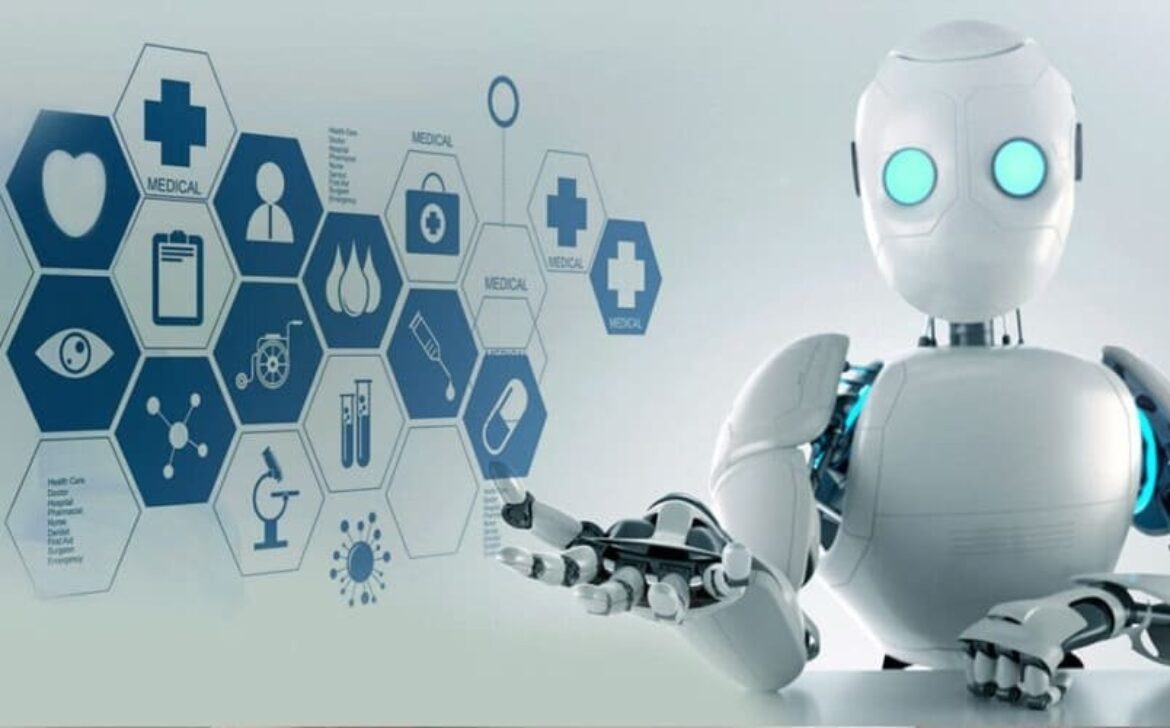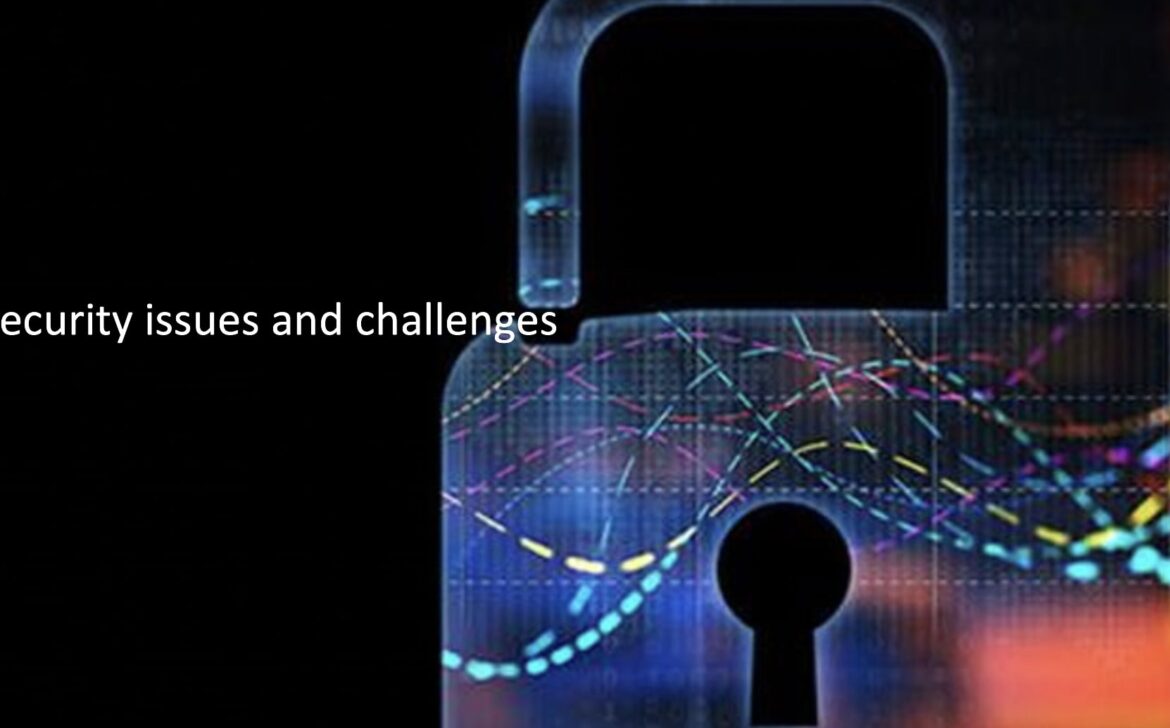Hyper Automation: Transforming Workflows with AI and Robotic Process Automation
In today’s fast-paced digital landscape, organizations are on a relentless quest to optimize processes, reduce operational costs, and stay competitive. Enter Hyper Automation—a transformative approach that combines the strengths of artificial intelligence (AI) and robotic process automation (RPA). Let’s explore the concepts and real-world applications of Hyper Automation.
Understanding Hyper Automation
Hyper Automation is more than just a buzzword; it’s a strategic imperative for businesses looking to scale efficiently. It involves the use of AI-driven technologies, such as machine learning and natural language processing, in conjunction with RPA to automate a wide range of tasks and processes across an organization.
The Role of RPA
Robotic Process Automation (RPA) is the backbone of Hyper Automation. RPA bots mimic human actions to perform repetitive, rule-based tasks with precision and speed. By offloading mundane work to bots, employees can focus on higher-value activities that require creativity and critical thinking.
AI-Powered Insights
The integration of AI elevates Hyper Automation to a new level. AI algorithms can analyze large datasets, extract valuable insights, and make data-driven decisions. This enables businesses to predict outcomes, personalize customer experiences, and optimize operations with unprecedented accuracy.
End-to-End Process Automation
Hyper Automation isn’t limited to a single task or department. It’s about automating entire end-to-end processes, from customer onboarding to supply chain management. By connecting disparate systems and automating workflows, organizations can achieve seamless operations and rapid scalability.
Digital Transformation Enabler
Hyper Automation is a catalyst for digital transformation. It enables businesses to adapt quickly to changing market conditions, respond to customer demands, and remain competitive in an increasingly digital world. Whether it’s automating financial processes or enhancing customer support, Hyper Automation drives innovation.
Challenges and Considerations
While Hyper Automation offers immense benefits, it also presents challenges. Organizations must carefully plan their automation journey, ensuring alignment with strategic goals. Data security, compliance, and the ethical use of AI are critical considerations that require attention.
Future Horizons
The future of Hyper Automation is promising. As AI technologies continue to advance, we can expect even more sophisticated automation solutions. From autonomous decision-making to predictive maintenance, Hyper Automation will continue to shape industries and redefine how work gets done.










